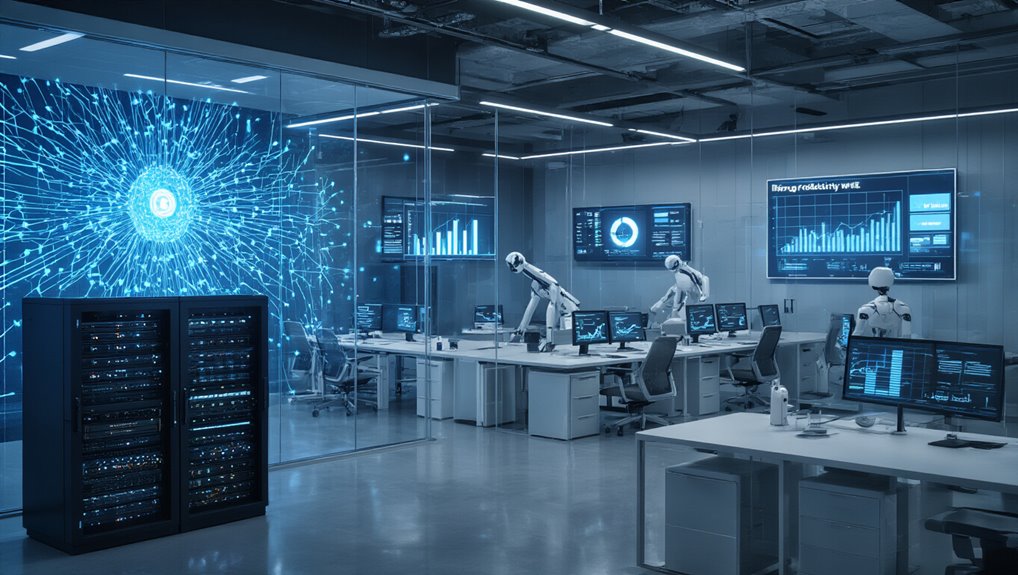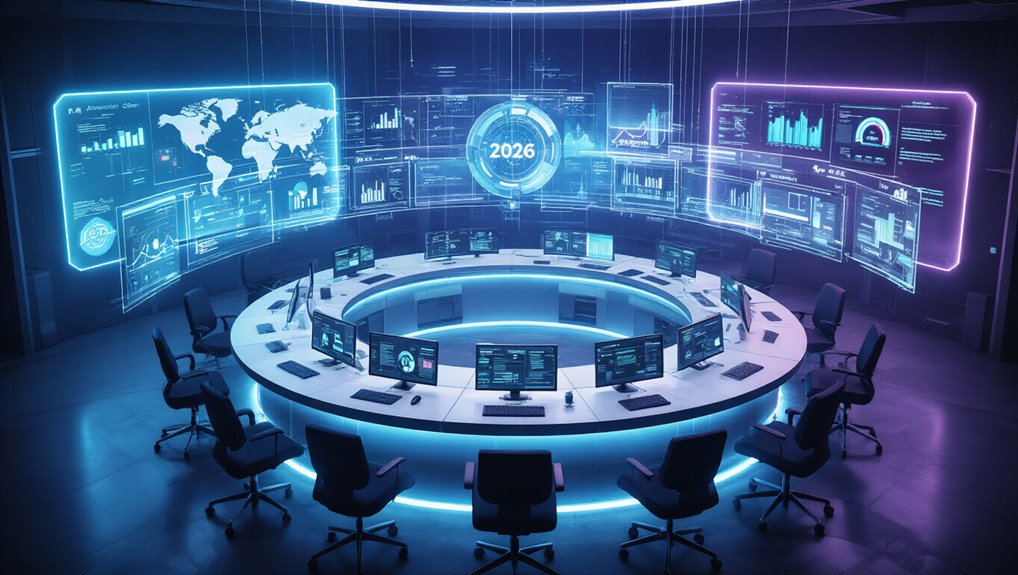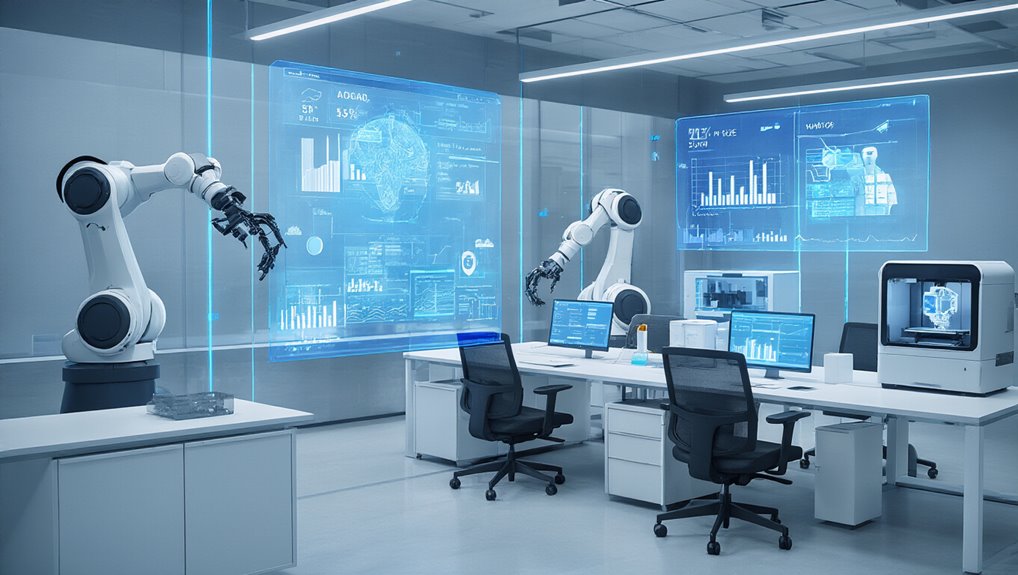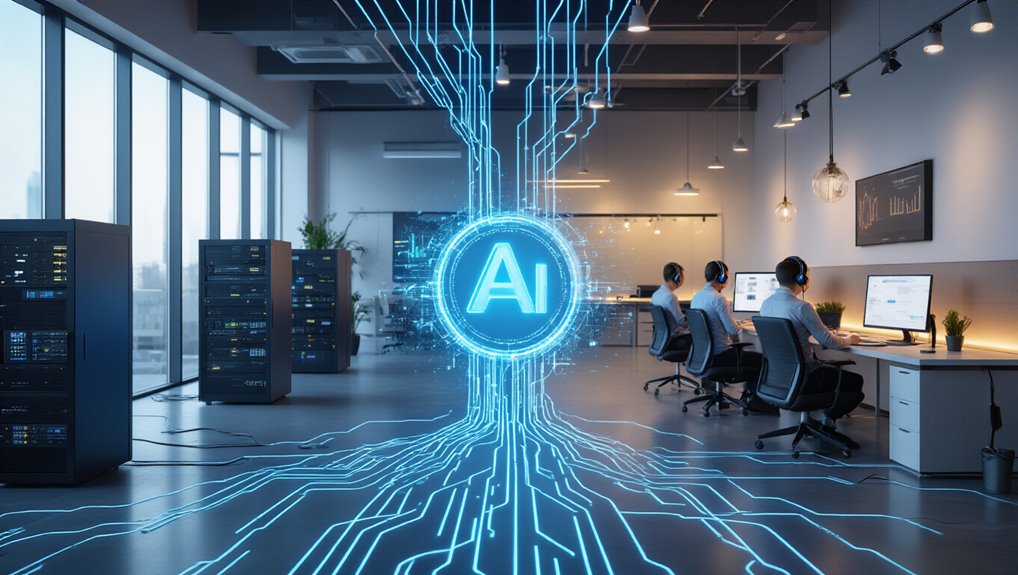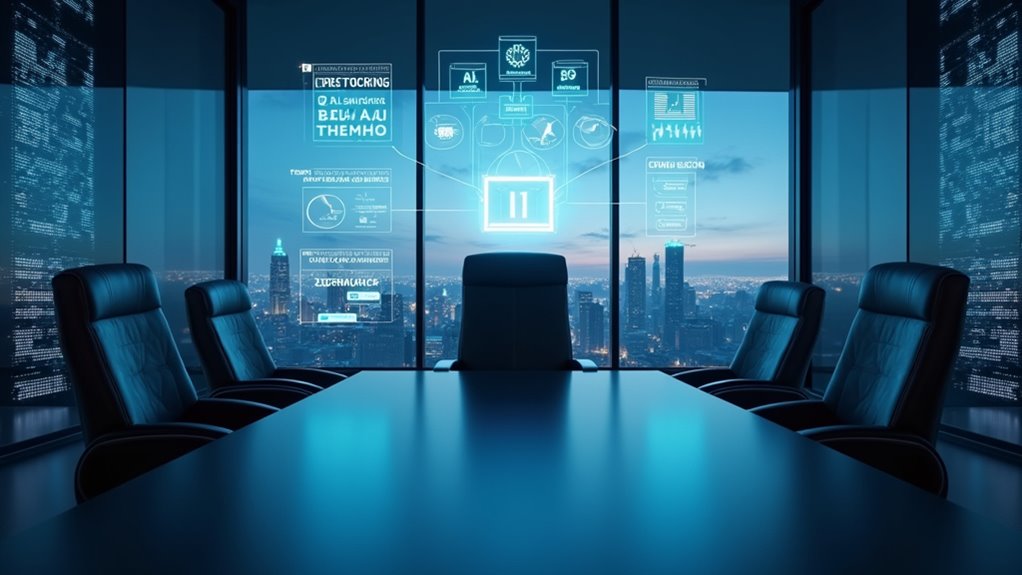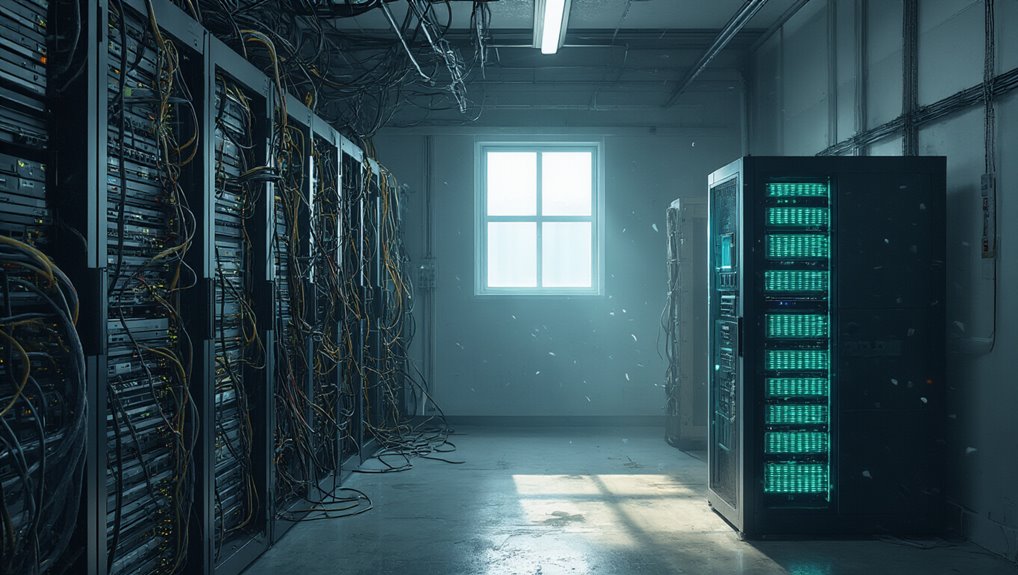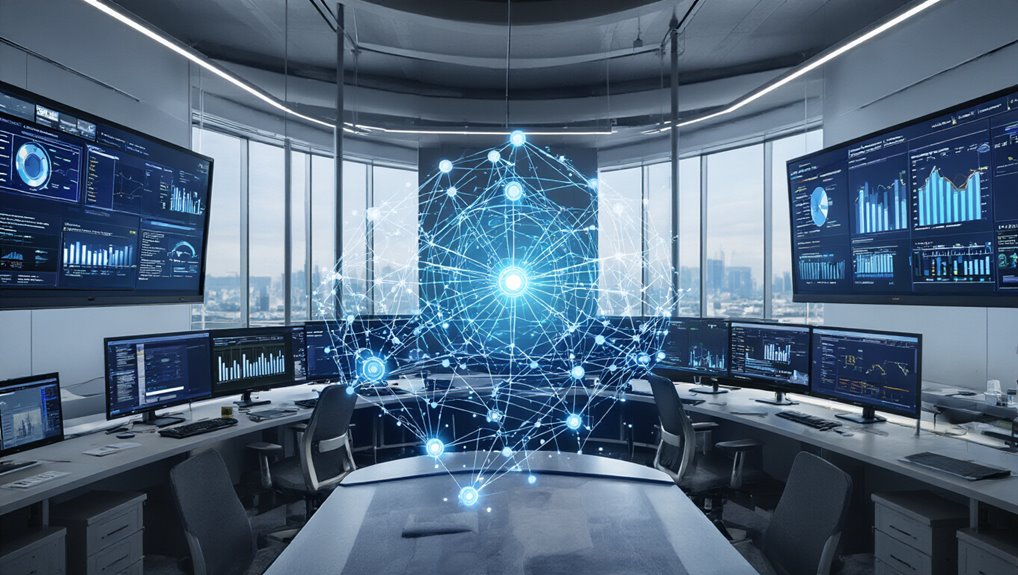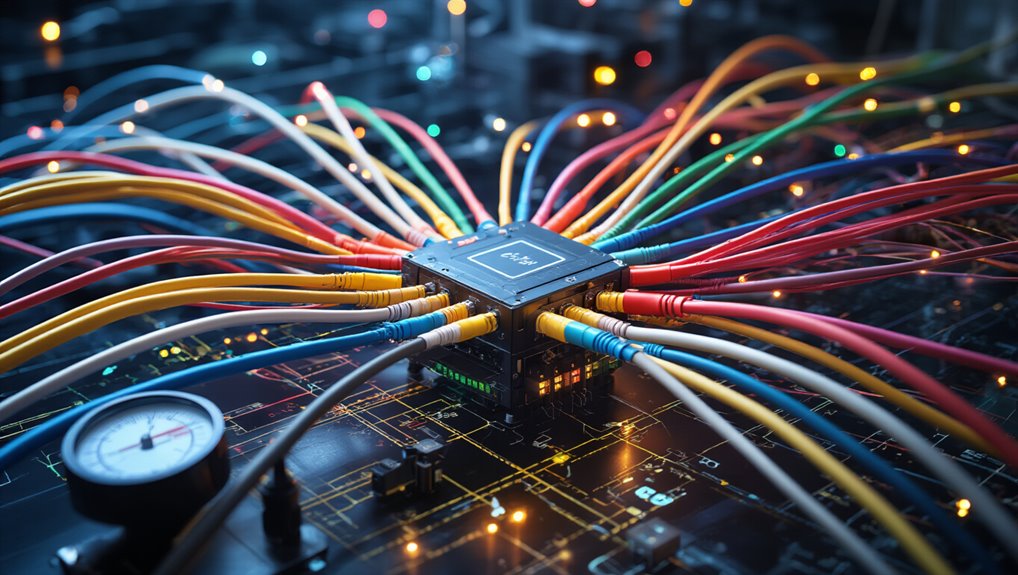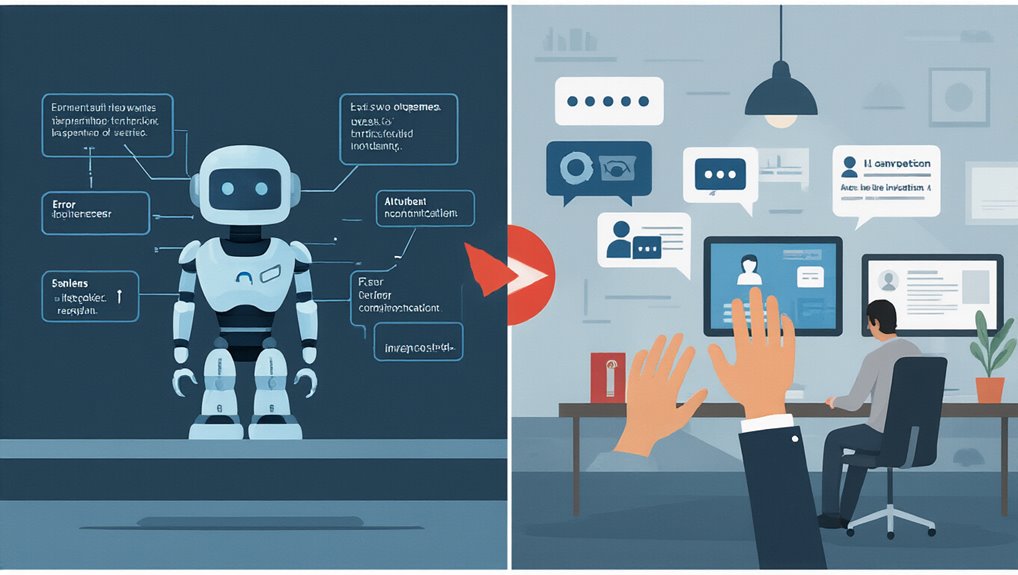As generative AI technologies continue to reshape the American economic landscape, economists project significant impacts on national productivity and GDP growth over the coming decades. These technologies are expected to increase U.S. productivity and GDP by approximately 1.5% by 2035, growing to nearly 3% by 2055, and reaching 3.7% by 2075. This acceleration will peak in the early 2030s, adding about 0.2 percentage points to annual productivity growth in 2032 before stabilizing.
The productivity gains are substantial but unevenly distributed across industries and occupations. Workers using generative AI report saving 5.4% of their weekly work hours, translating to an overall productivity increase of roughly 1.1%. This improvement directly correlates with AI usage time—every 10 percentage point increase in AI use corresponds to a 1.7 percentage point boost in time savings. Information services lead with 14% of work hours involving AI and achieving 2.6% time savings, while leisure and accommodation sectors see minimal benefits.
The shift isn’t without challenges. AI adoption may temporarily increase unemployment by about 0.5 percentage points during adjustment periods, with displacement effects typically lasting two years. Approximately 6-7% of the U.S. workforce faces potential displacement, though complementary job growth in emerging skill areas is expected to provide balance. Notably, around 42% of current jobs are potentially exposed to AI automation, defined as having at least half of their tasks automatable. Goldman Sachs research indicates that 2.5% of US employment is at risk if current AI use cases are expanded to their full potential.
Nearly half (47%) of U.S. executives report productivity improvements from generative AI implementation, particularly in automating repetitive tasks. Content creation (40%) and customer interaction analysis (31%) represent the most common business applications. Investment in generative AI startups has nearly doubled in 2023, signaling strong confidence in future applications. Many organizations are adopting multisourcing models to access specialized AI expertise without maintaining costly in-house teams.
For long-term success, organizations must address skill shortages and establish ethical guidelines. The permanent productivity lift of approximately 15% after full adoption represents a significant opportunity, but requires thoughtful implementation. Companies that successfully integrate AI often find themselves increasing headcount rather than reducing it, particularly when the technology complements rather than replaces worker skills.
This suggests that productivity gains depend not just on AI adoption but on workers’ ability to effectively collaborate with these new tools.
